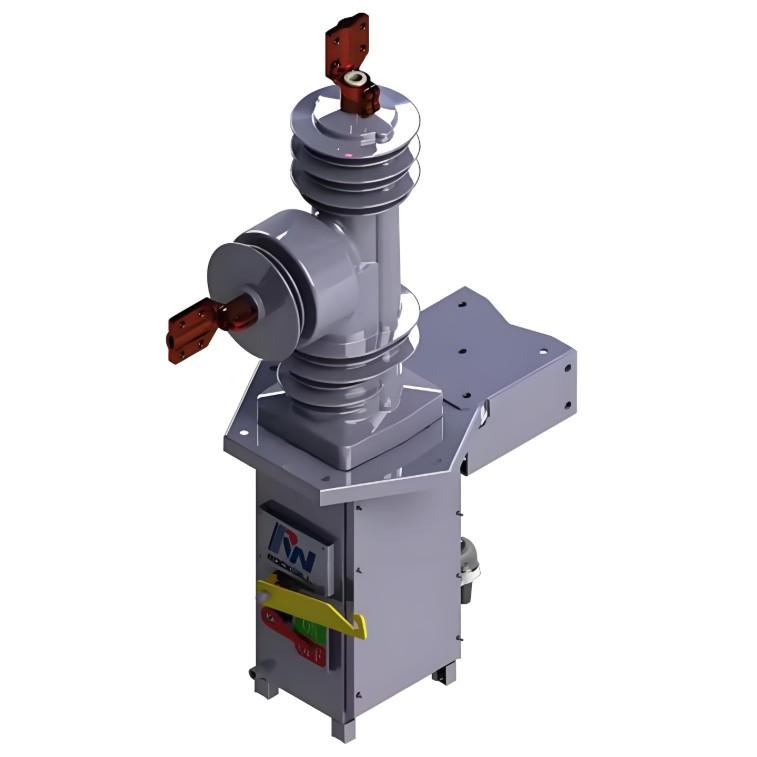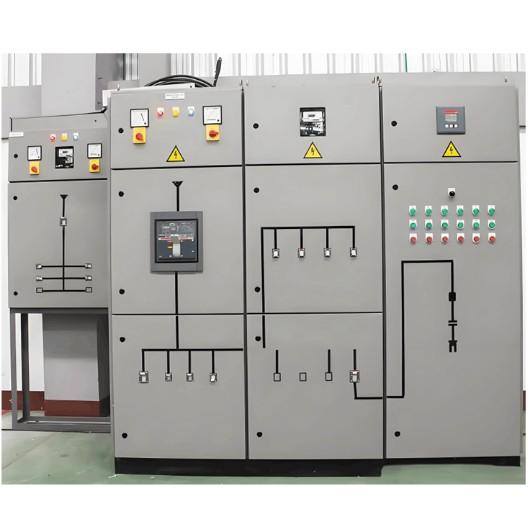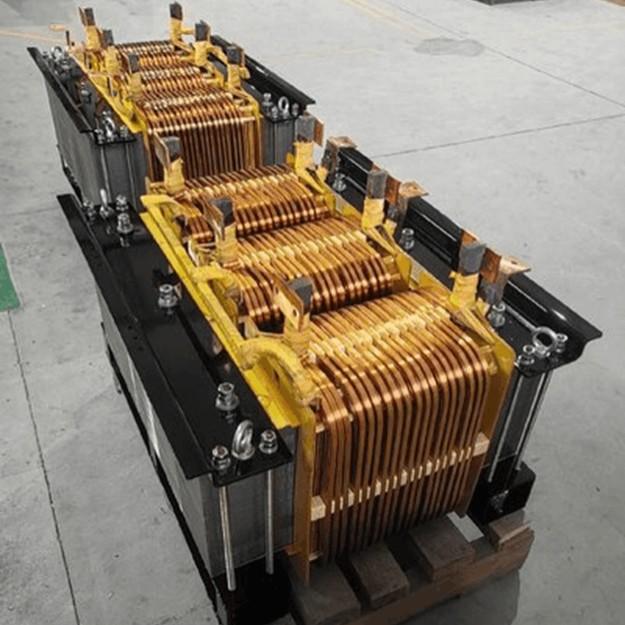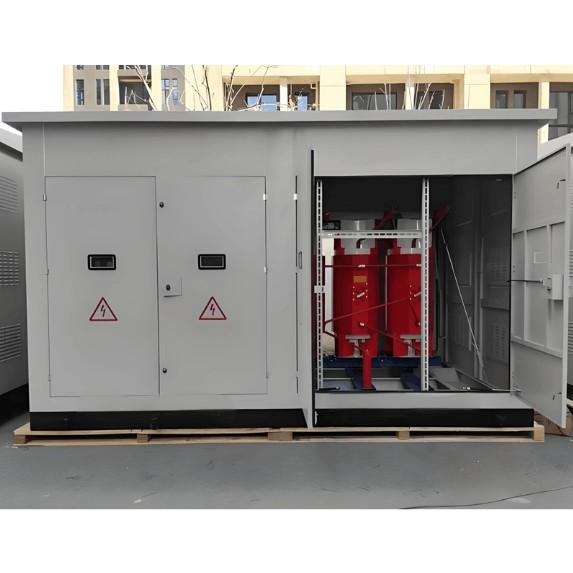I. Dukarar da Karamin Bincike
Abubuwa na Iya ga Tashin Kirkiro Tsarin Kirkiro
Yawan yaduwar abubuwan da suka faru suna taka muhimmanci a cikin tashin kirkiro. Tashin kirkiro masu zamani suna gudanar da tashin kirkiro ta kungiyar, wanda shi ne mafi kyau a kan. Muhimman farkon da ke cewa waɗannan bayanai:
| Tsari |
Tashin Kirkiro Masu Zamani |
Tashin Kirkiro Ta Kungiyar |
| Tsarin Zabin Fanni |
Takarda Mai Lura mai Kirkiro |
Yadda ake Gudanar da Makaranta Mai Kirkiro da Ayyuka Mai Kirkiro |
| Tsarin Yadda ake Gudanar da Kirkiro |
Mafi Yawan Kirkiro mai Barazan |
Yadda ake Gudanar da Kirkiro mai Hawa da Kirkiro mai Shamsa, da Hukuma mai Tsakiyar da Hukuma mai Tafkin Hausa |
| Tsarin Yadda ake Gudanar da Tashin Kirkiro |
Tashin Kirkiro mai Tsakiya |
Gudanar da Tashin Kirkiro mai Tsakiya da Tashin Kirkiro mai Musamman |
| Tsarin Yadda ake Gudanar da Mataimakin Kirkiro |
Akwai Mataimakin Kirkiro Kawai |
Mataimakin Kirkiro Suna Mataimakin Kirkiro da Mataimakin Kirkiro |
| Tsarin Yadda ake Gudanar da Adadin Kirkiro |
Kirkiro Yana Tausayi Adadin Mataimaka |
Gudanar da Kirkiro, Tashin Kirkiro, Mataimakin Kirkiro da Ayyukan Kirkiro |
Ⅱ.Muhimman Farkon da ake Amfani da Solid-State Transformers (SST)
A nan tsarin tashin kirkiro ta kungiyar, amfani da fanni, yadda ake gudanar da tashin kirkiro, gudanar da hukuma mai tafkin hausar, da kuma yadda ake gudanar da adadin mataimakin da adadin kirkiro, suna zama abubuwan da suka bukatar don ingantaccen adadin kirkiro. SST suna ci gaba daga cikin tsarin gudanar da kirkiro, takarda, tashin kirkiro, zuwa mataimakin kirkiro, da kuma farkon da za su iya amfani da su:
Tsarin Yadda ake Gudanar da Kirkiro:Amfani da takardun da suka gudanar da tashin kirkiro, ayyukan da suka gudanar da tashin kirkiro, da kuma transformers da suka gudanar da kirkiro mai hawa, shamsa, da ayyukan kirkiro.
Tsarin Yadda ake Gudanar da Takarda:Transformers da suka gudanar da takarda mai tsakiyar da takarda mai musamman, ayyukan da suka gudanar da takarda mai tafkin hausar.
Tsarin Yadda ake Gudanar da Tashin Kirkiro:Ayyukan da suka gudanar da tashin kirkiro mai tsakiyar da tashin kirkiro mai musamman, power electronic transformers (PET) mai tafkin hausar, transformers da suka gudanar da kirkiro mai tafkin hausar don yanayin kirkiro.
Tsarin Yadda ake Gudanar da Mataimakin Kirkiro:Amfani da DC power supplies don yanayin hydrogen/aluminum, takardun da suka gudanar da tashin kirkiro, da kuma takardun da suka gudanar da tashin kirkiro data center.
(1) Tashin Kirkiro Mai Tafkin Hausar — 25kV Traction PETT
Sistemun da ake amfani da transformers da suka gudanar da tashin kirkiro suna zama abubuwan da suka bukatar don gudanar da tashin kirkiro ta kungiyar.
Farkon Da Su Ka Samu:
High-isolation high-frequency topology conversion and high-power high-frequency transformer technologies
High-voltage (AC25kV direct connection) and high-insulation technology under compact design (withstand voltage: 85kV/1min)
Adaptation to strong impact and vibration environments, efficient phase-change cooling
High-frequency, high-efficiency conversion topologies and driving techniques, high-frequency modulation control with smooth switching
Nemoyin Da Su Ka Samu:
Installed and tested on a 140 km/h EMU in 2020, outputting DC1800V
Rated efficiency of 96.7% (2% higher than existing systems), 20% increase in power density
Fully controlled grid side enables active filtering, reactive power compensation, zero magnetizing inrush current and no standby losses
World’s first 25kV-SST product to achieve vehicle-mounted dynamic testing
(2) Tashin Kirkiro Mai Tafkin Hausar — Multi-port Energy Router for Metro Systems
Core Design:
Four-port isolated structure supporting traction power, auxiliary power, energy storage, and PV integration.
Key Technologies:
Two-level full-bridge LLC circuit topology based on IGBTs
SiC-based DAB circuit topology with series-parallel DC configuration
Soft-switching technology for power devices (branch efficiency ≥98.5%)
Shared 12-pulse transformer connected to AC grid, eliminating circulating currents when paralleled with diode rectifiers
Application Advantages:
Eliminates bulky line-frequency regenerative transformers; 26% smaller footprint, reducing installation space and construction costs
No transformer no-load losses, enabling retrofitting of existing lines
Integrates rectification, energy feedback, reactive compensation, and harmonic filtering for precise multi-port power flow control
(3) Charging & Battery Swap — 10kV Direct-Connected SST for EV Charging
System Configuration:
10kV medium-voltage direct connection, 1MVA capacity: 1 direct-charging module + 2 shared-bus networking modules
Configured with 300kW ultra-fast charging and six 120kW fast chargers; compatible with PV-storage integration and medium-voltage grid connection
Core Functions:
Integrates transformer and charging modules; wide-range voltage regulation enables direct charging, system efficiency ≥97% (peak 98.3%)
Provides grid support and power quality management, enabling bidirectional V2G (vehicle-to-grid) and G2V (grid-to-vehicle) interaction
(4) Park Power Supply — Low-Carbon Park Energy Router (PV-Storage-Charging Integration)
System Architecture:
10kV direct-connected energy router based on SST, featuring AC10kV and DC750V ports, with battery storage, DC charging interfaces, and DC protection devices on the output side.
Core Configuration:
315kW SST cabinet, 976.12kWp PV, 0.5MW/1.3MWh energy storage, 10 DC charging stations.
Application Value:
Reduces electricity costs through PV generation and energy storage peak-shaving arbitrage
Lowers station capacity demand, buffers grid impact, and offers excellent scalability
Output-side "solid-state DC circuit breaker + disconnect switch" combination ensures fault isolation for storage and charging stations
(5) Renewable Energy Integration — DC/DC Energy Router for PV-to-Hydrogen
Core Parameters:
5MW isolated DC/DC converter: input DC800–1500V, output DC0–850V, connected to hydrogen electrolyzer busbar
Single cabinet capacity: 3/6MVA, scalable from 3–20MVA; output voltage adaptable to DC0–1300V/2000V
Technical Advantages:
Reduces conversion stages compared to AC transmission; overall efficiency 96%–98%
High-frequency isolated DC transformers with flexible series-parallel topologies, suitable for PV, storage, rail power, hydrogen/aluminum production
Modular, configurable platform tailored to diverse industry-specific DC grid needs
(6) Distribution Network Optimization
Medium- and Low-Voltage Flexible Interconnection Device:
Addresses load imbalance, rising distributed PV, EV charger expansion, and reliability enhancement
Normal operation: asynchronous grid interconnection with active/reactive power flow control, improved renewable integration, and power quality isolation
Fault condition: rapid isolation and automatic switchover to prevent outages
10kV Direct-Connected Energy Storage System:
Medium/high-voltage grid connection reduces line losses
Two-stage conversion enables wide-range voltage regulation
Modular PCS and battery configuration
More flexible capacity vs. cascaded H-bridge topology, ensuring battery insulation safety and full-chain power flow control
(7) Grid Connection on Generation Side — 10kV Direct-Connected Photovoltaic New Grid Interface
Technical Features:
High-frequency isolation + cascaded CHB main circuit topology
Capacity: N×315kVA (scalable), output compatible with 1500V systems, efficiency >98.3%
Core Advantages:
Medium-voltage direct connection with isolated DC-DC performing MPPT (Maximum Power Point Tracking) and isolation/voltage regulation
Simplified two-stage architecture, highly efficient; responds directly to grid demands at 10kV level
Applicable to industrial, commercial, and rural distributed PV scenarios
(8) Load Side — Data Center Power Supply Based on SST
10kV Direct-Connection Solution:
2.5MW power (315kW × 8), system efficiency 98.3%, using high-frequency isolated conversion
400VDC DC ring network on DC side
Full PWM control achieves grid-side power factor >0.99, harmonics <3%
Future Outlook
Centered on AC/DC distribution networks, extending to renewables, transportation, power supply, energy management, and fault protection, SSTs enable an integrated system solution encompassing:
AC/DC hybrid power supply
Source-grid-load-storage integration
Optimized energy management and power flow dispatch
Supporting the construction of next-generation power systems.
III. Application Challenges and Discussion
(1) Relay Protection Compatibility Challenge
Research is needed on the compatibility between power electronic transformers and traditional distribution systems, especially for short-circuit, ground, and open-circuit faults. Clear control strategies during fault ride-through and coordination mechanisms for relay protection must be established.
(2) Dispatch, Management, and Monitoring Integration Challenges
The widespread adoption of new power electronic equipment raises adaptation issues in dispatch and monitoring, requiring solutions to three core needs:
Dispatch Rules & Market Mechanisms: The traditional “source-follows-load” logic cannot accommodate bidirectional “load-source-grid” interactions. Multi-directional power flow market mechanisms must be developed.
Standardization & Interoperability: Diverse device interface protocols lead to poor interoperability among vendors. Standardized communication protocols and control command sets must be promoted.
Cross-Regional Coordinated Dispatch: Flexible interconnection breaks traditional zoning boundaries. Unified responsibility allocation, reserve sharing, and cross-regional coordinated dispatch frameworks must be established.
These challenges require unified standards and monitoring execution mechanisms to resolve.





















